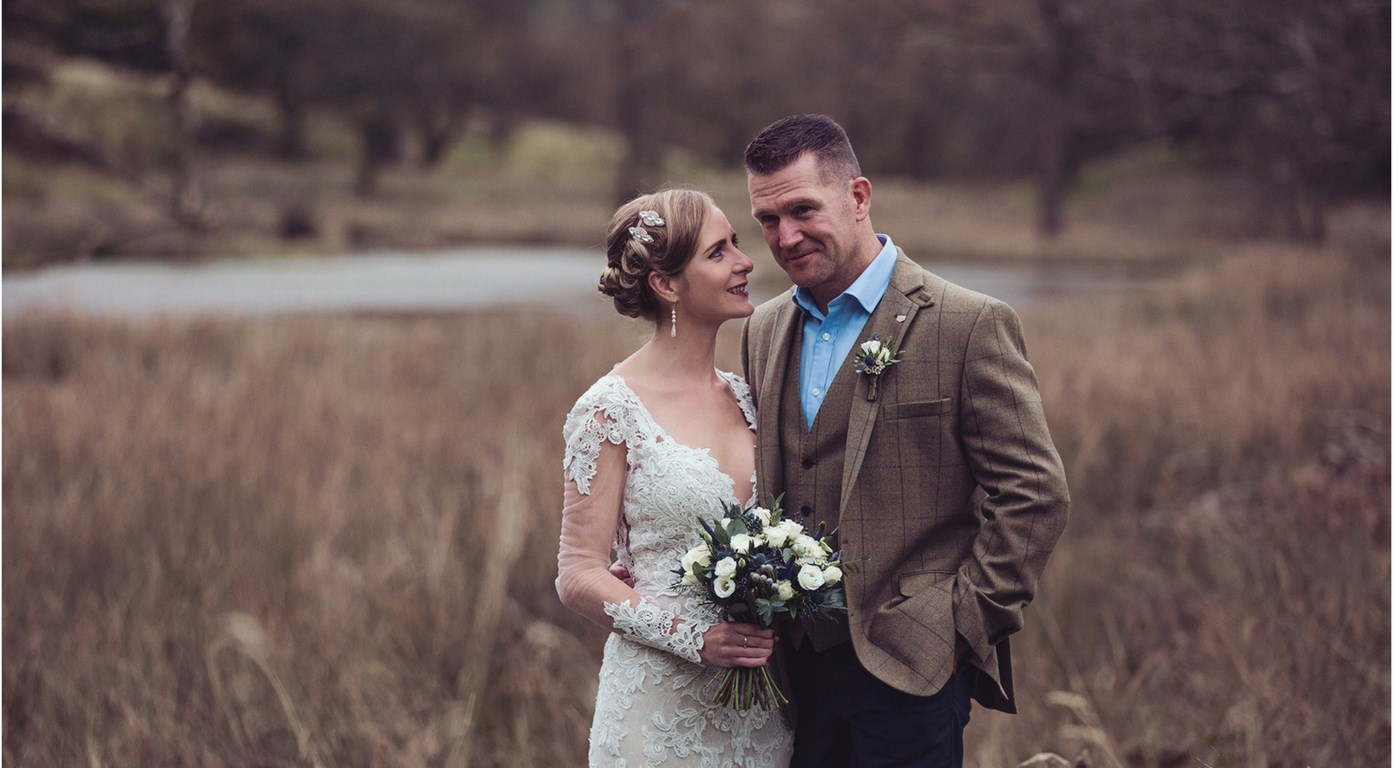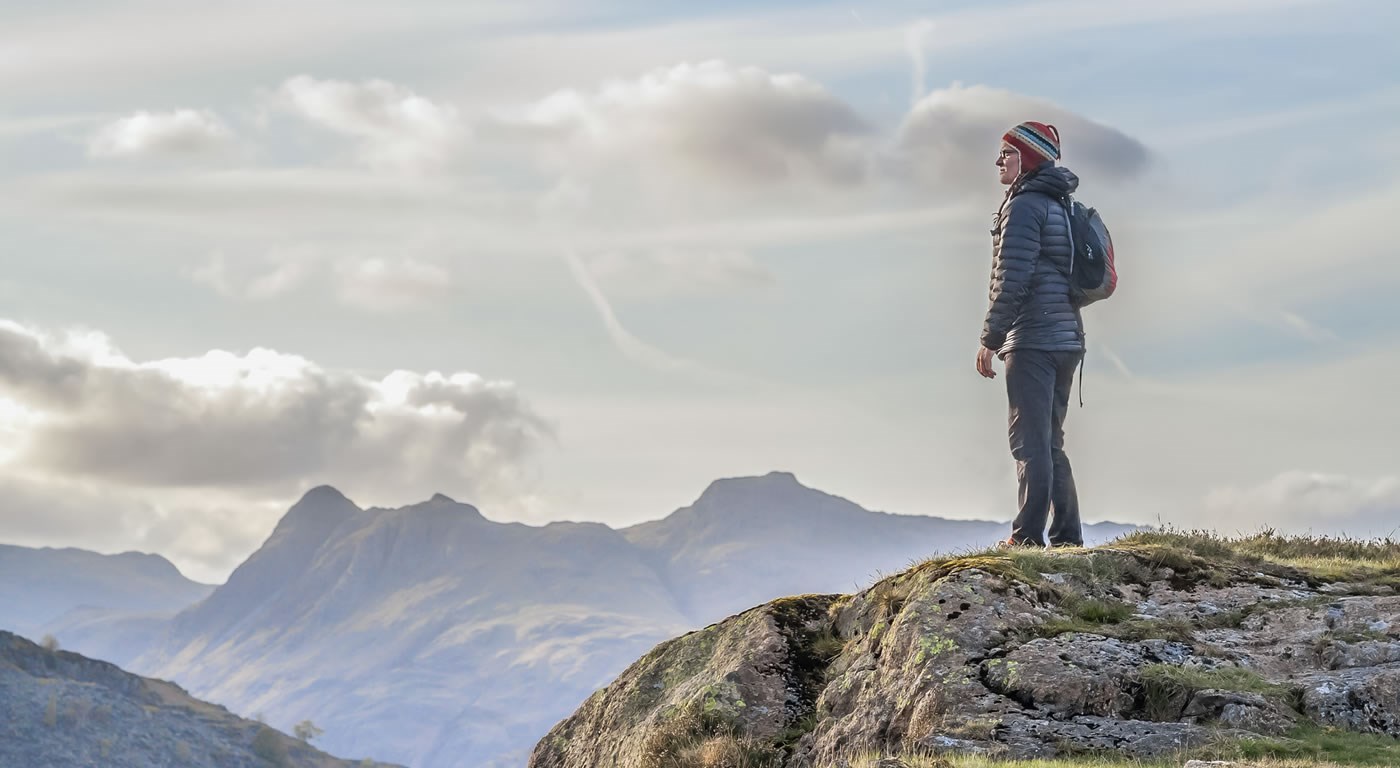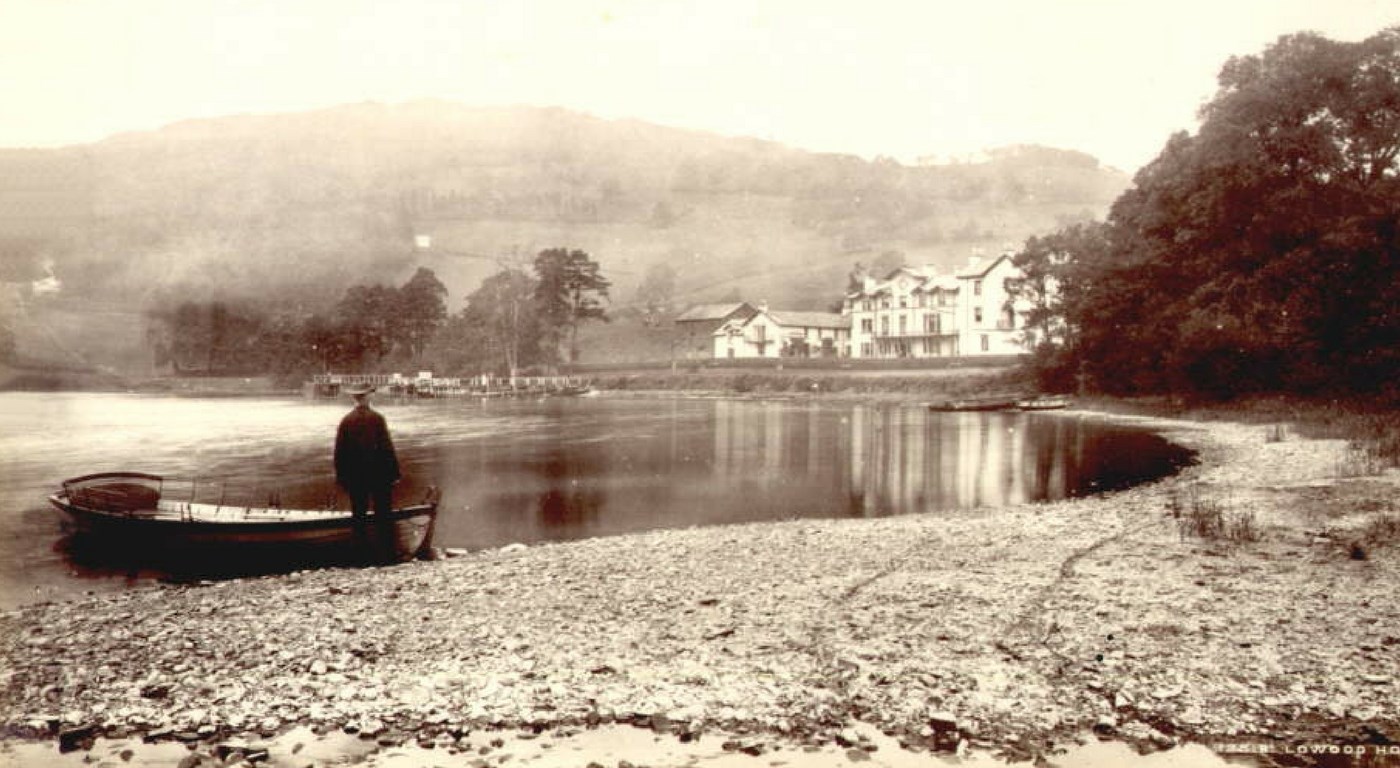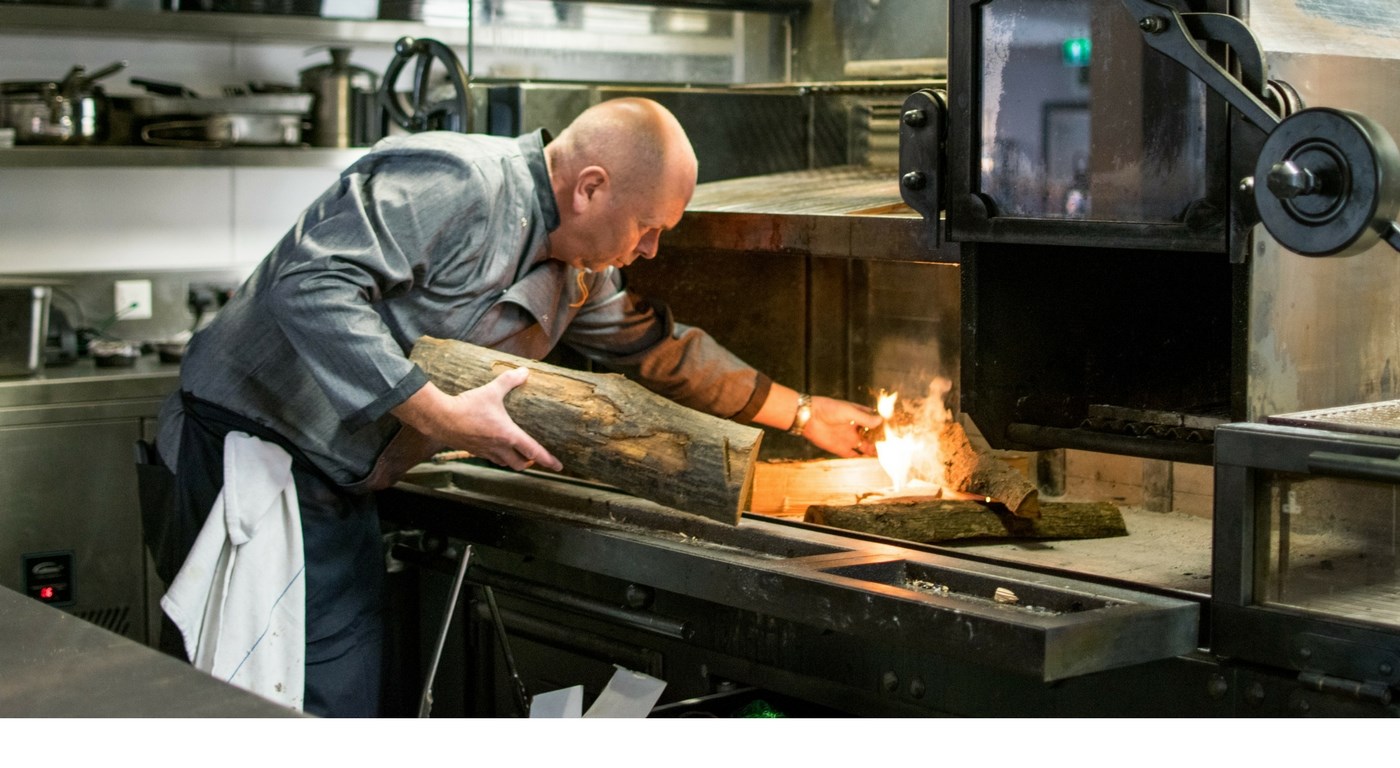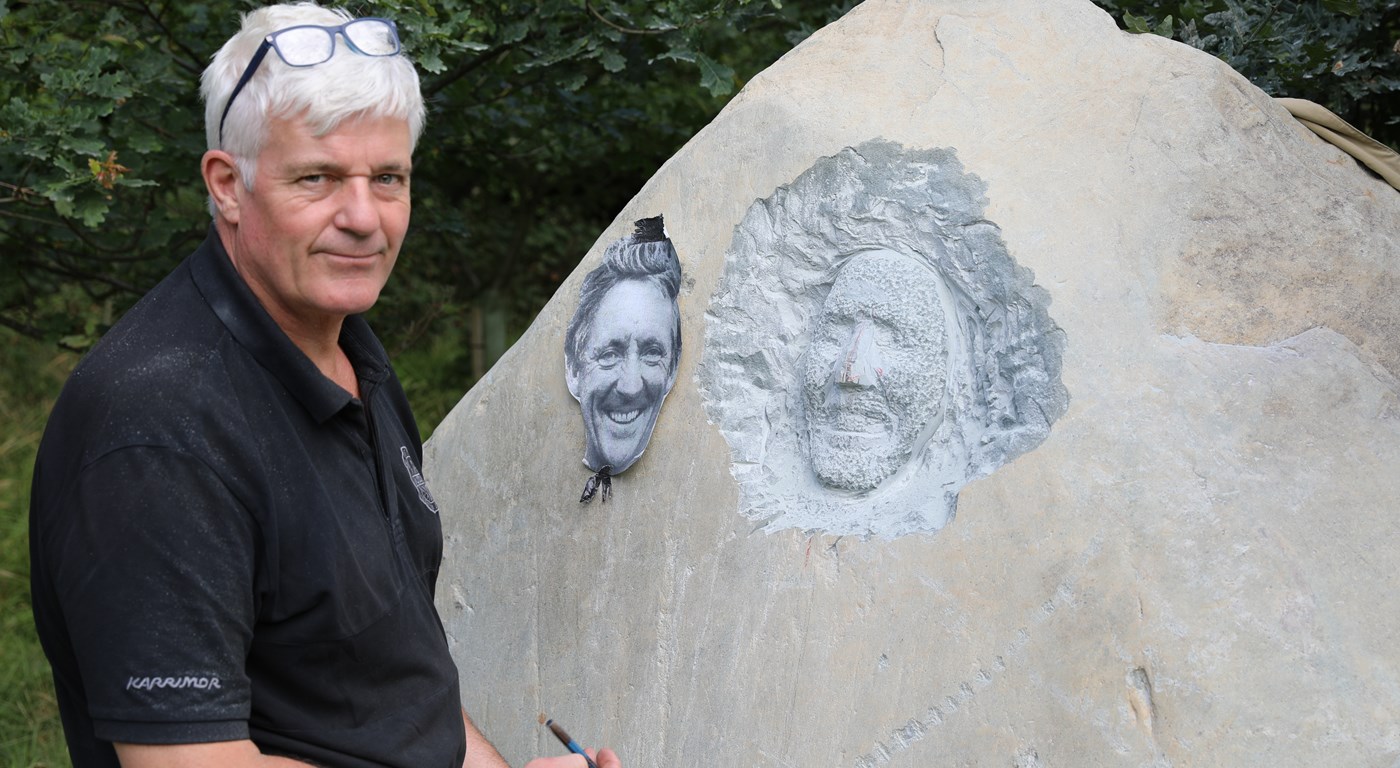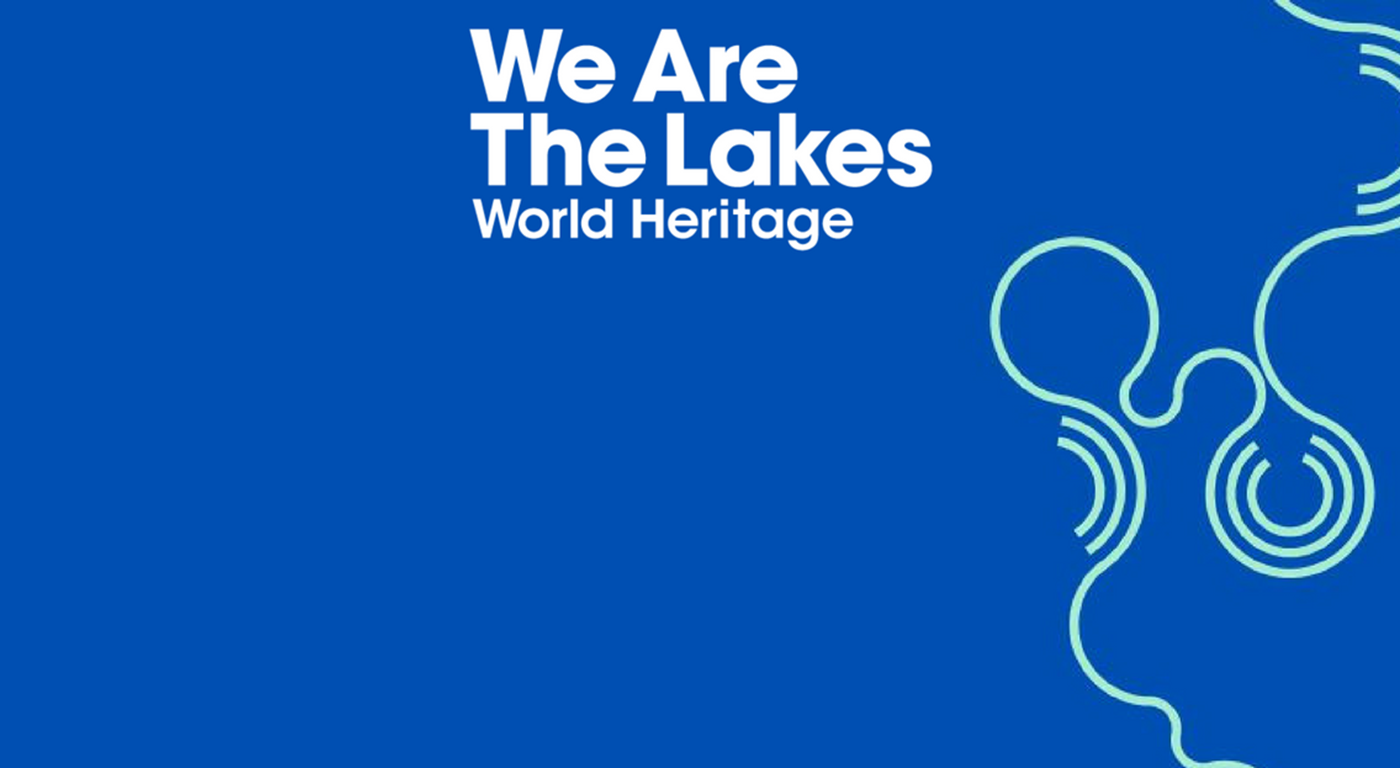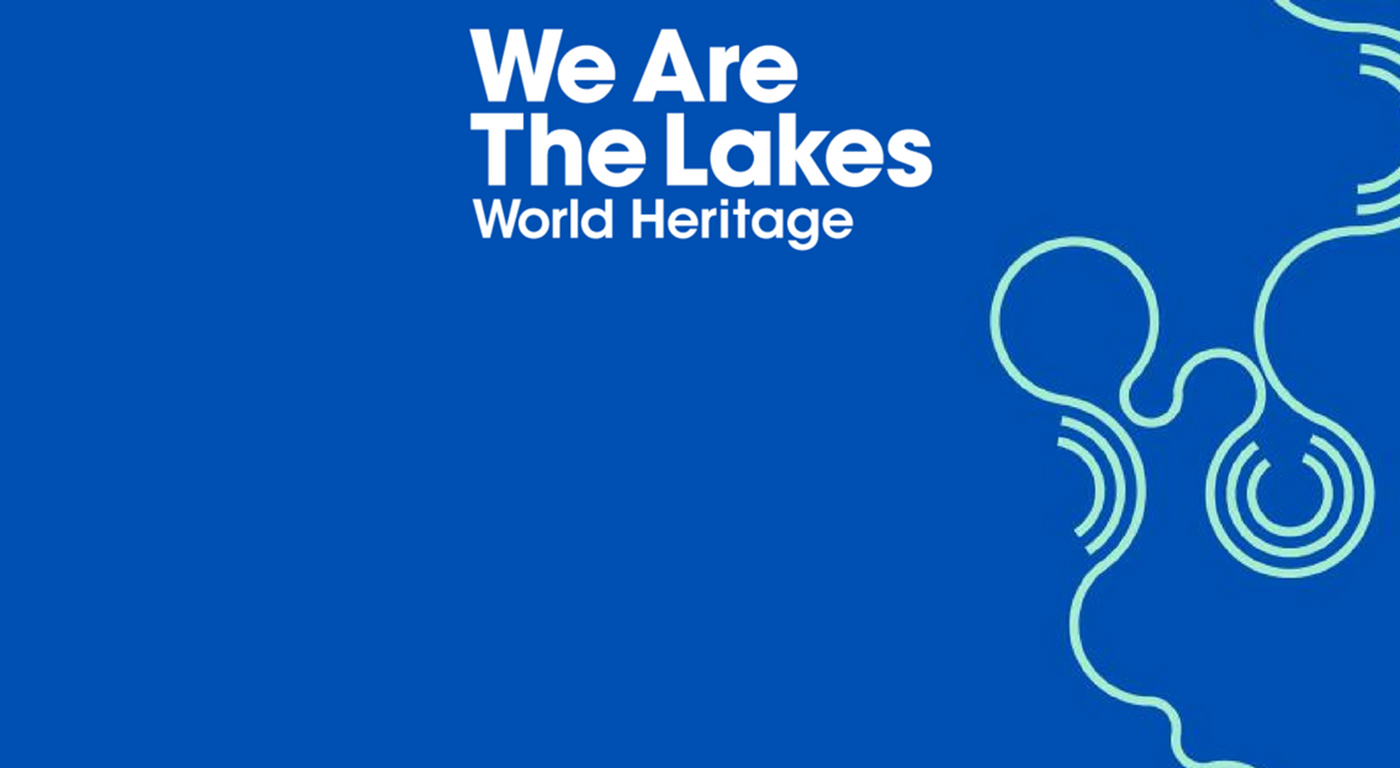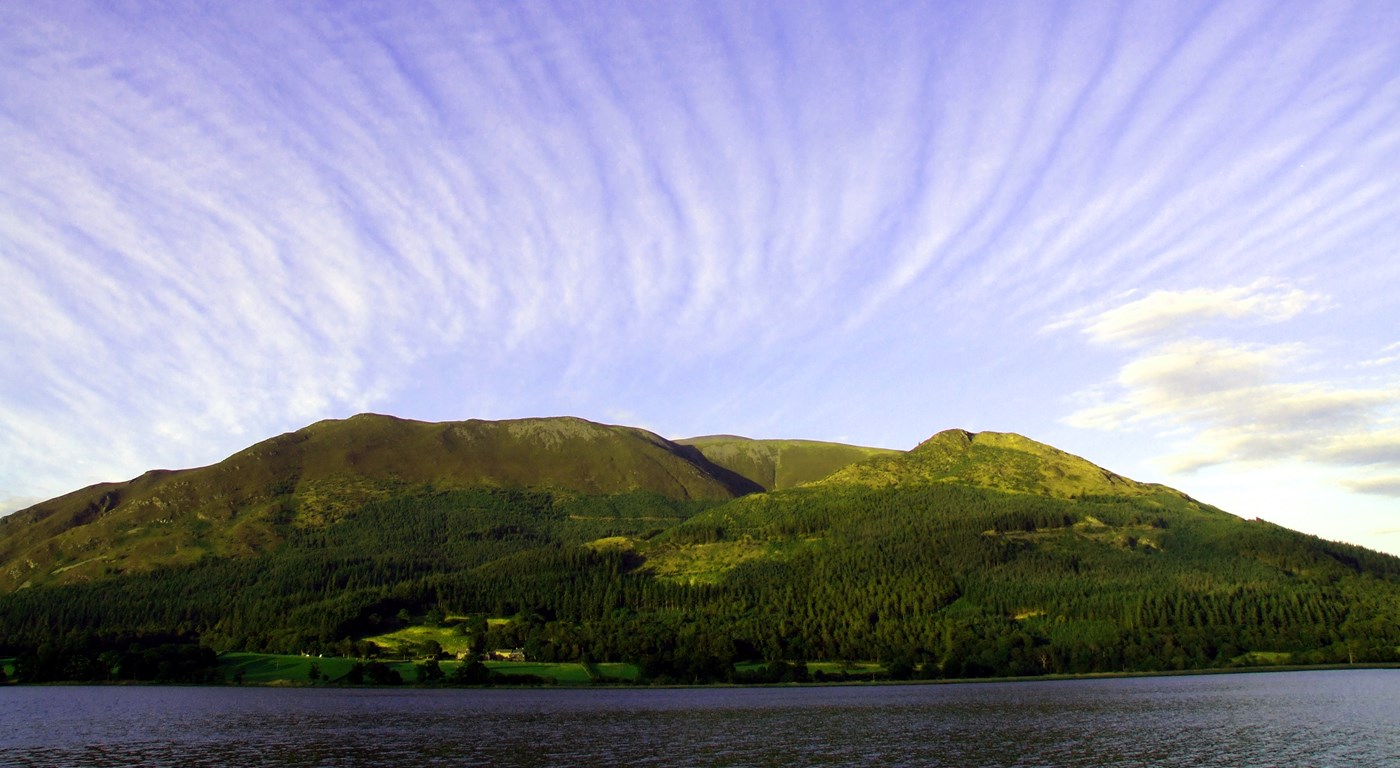Not all weddings need years of preparation. Gareth and Danielle orchestrated their beautiful, rustic and intimate wedding at The Wild Boar in just over two months. We are delighted to be able to share a little snapshot of their story. Dispensing Love Gareth and I met at work in Arrowe Parke Hospital on the Wirral… Continue reading Gareth and Danielle’s Romantic and Intimate Wild Boar Wedding
Author: admin
5 Lake District Fell Walks within easy reach of Low Wood Bay
May is National Walking Month, so time to get the walking boots out and take to the hills to blow away any cobwebs clinging from a long and extended period of hibernation. Low Wood Bay is perfectly placed for reaching some great routes and spectacular scenery. We’ve chosen five our of favourites to help you plan your ascent. (All… Continue reading 5 Lake District Fell Walks within easy reach of Low Wood Bay
Family Pay Nostalgic Visit to Low Wood Bay
Our Concierge, Lynda, was in conversation with a couple visiting from Australia. The story that Mario and Natalie Apap shared was fascinating, unexpected and a vital link in the history of Low Wood Bay. Mario and Natalie Apap on their visit to Low Wood Bay In his book, A Sunlit, Intimate Gift… Three Hundred Years of Lakeland… Continue reading Family Pay Nostalgic Visit to Low Wood Bay
Blue Smoke on the Bay is Cooking on Wood
You know you are proud of a dining experience when you are making a list in your head of all the people you can’t wait to invite for dinner. That’s how we feel about Blue Smoke on the Bay. Simply great food, elegant surroundings with a warm and friendly atmosphere. There’s so much to celebrate here.… Continue reading Blue Smoke on the Bay is Cooking on Wood
Low Wood Bay Artist in Residence Creates Sculpture Trail
We caught up with Low Wood Bay Artist in Residence, Shawn Williamson, who is creating a sculpture trail at Low Wood Bay. He is currently working on one of his most challenging pieces, a sculpture of our former Chairman and Managing Director, Michael Berry, and his faithful friend Sam the dog. Whilst chiselling out the rock taken… Continue reading Low Wood Bay Artist in Residence Creates Sculpture Trail
Ambleside Sports
The Lake District is now a World Heritage site inscribed under the cultural landscape category. The spectacular landscape is well known to have inspired poets and artists of the romantic movement. Even, earlier than that, however, the Lake District had a proud sporting heritage which is celebrated every year at the various country shows. English Lakes has… Continue reading Ambleside Sports
The Lake District’s Vital and Compassionate WWII Contribution
There is much of interest for visitors to The Lake District from outdoor pursuits, gastronomic delights, music and the arts and traditional Lakeland Sports. If you enjoy history, there are two exhibitions that explain how the local area was transformed to bolster the war effort and subsequently, to welcome survivors of the holocaust for much needed rest… Continue reading The Lake District’s Vital and Compassionate WWII Contribution
National Parks – Access worth Fighting For
In Daniel Defoe’s 1722 ‘A Tour Through the Whole Island of Great Britain’, he described the hills of The Lake District as “high and formidable” and went on to say that the area was “all barren and wild, of no use or advantage either to man or beast”. We’ve come a long way since then… Continue reading National Parks – Access worth Fighting For
English Lakes Service Awards – An Opportunity to say Thank You!
English Lakes Service Awards – An Opportunity to say Thank You! On 14th June 1997, our previous Managing Director, Michael Berry, was awarded the O.B.E. for services to training and tourism in Cumbria. Twentyyears later, English Lakes strives to continue that legacy of training within the industry. Michael Berry, previous English Lakes Managing Director An important part of recognising the… Continue reading English Lakes Service Awards – An Opportunity to say Thank You!
